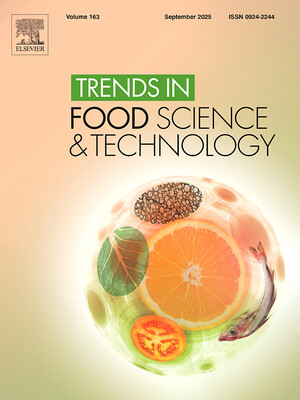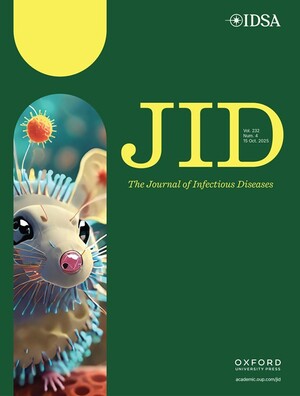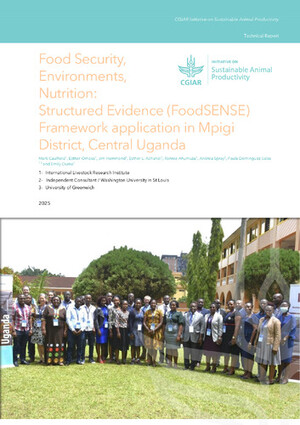
Surveillance of climate-sensitive zoonotic diseases: Leptospirosis at livestock slaughterhouses in three regions of Uganda
Abstract
Leptospirosis is an important bacterial zoonosis worldwide and is disproportionately associated with low-income settings and with extreme weather events due to climate change.
Transmission to humans often occurs when infected rodents and domestic animals contaminate the environment via urine as the bacteria preferentially colonise kidneys. Surveillance
of leptospirosis at slaughterhouses can therefore be useful in providing information on vast
areas of a country and screening for diseases that are not considered during animal inspections.
We determined the prevalence of Leptospira bacteria in the kidneys of 2,030 livestock
kidney samples (820 cattle, 761 pigs, 335 goats, 114 sheep), and 117 small mammals by realtime PCR in a cross-sectional survey of slaughter facilities in three regions in Uganda. We
extracted DNA and performed real-time polymerase chain reaction (PCR) tests targeting
the lipL32 gene for pathogenic leptospires. Positive samples with cycle threshold values
below 38 were further characterised using single locus sequence typing (SLST) to determine
likely genomospecies. PCR products were sequenced by Eurofins Genomics (Ebersberg,
Germany) and identification of genomospecies was done using the basic local alignment
search tool (BLAST). Multi-locus sequencing typing (MLST) was performed on selected
SLST-positive samples to determine sequence types (ST) and likely serogroups. The allelic
profiles were analysed using Bionumerics software and the sequence types were determined
using the PubMLST database.
An overall prevalence of pathogenic leptospires of 2.58 % (95 % confidence intervals [CI]:
1.89–3.42) was observed, with sheep having the highest prevalence (6.12 % CI: 2.69–12.89),
followed by cattle (4.25 %, 95 % CI: 2.91–5.98), goats (2.08 %, 95 % CI=0.91–4.38), and pigs
(0.46 %, 95 % CI = 0.12–1.31) in decreasing order. The genomospecies L. borgpetersenii
(11 in cattle and one in goat), L. kirschneri (five in cattle and four in sheep) and L.
interrogans (one in a pig) were determined. Preliminary MLST results on one sample
reveal L. kirschneri ST62 which is related to serogroup Grippotyphosa.
Surveillance of important zoonoses using slaughterhouses as sentinels has the potential to
offer essential information on the epidemiology of important zoonotic diseases in Uganda.
Citation
Alinaitwe, L., Wainaina, M., Roesel, K., Kankya, C., Dürr, S., Richter, M., Cook, E. and Mayer-Scholl, A. 2023. Surveillance of climate-sensitive zoonotic diseases: Leptospirosis at livestock slaughterhouses in three regions of Uganda. Poster presented at Tropentag 2023, Berlin, Germany, 20-22 September 2023. Nairobi, Kenya: ILRI.









